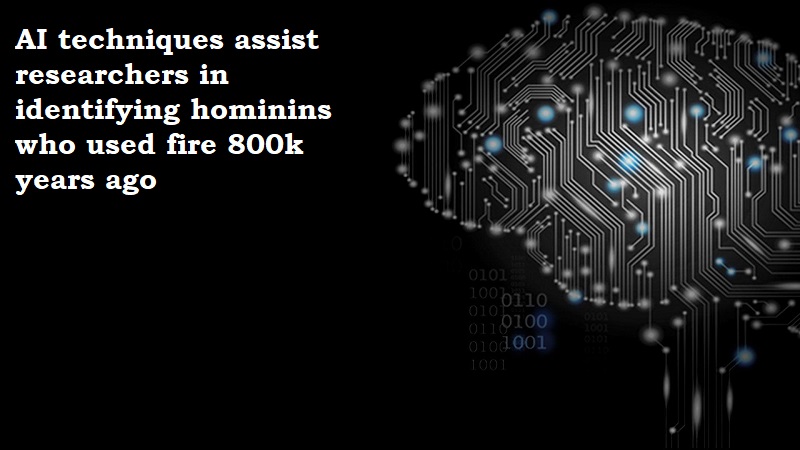
According to the working theory of human evolution, learning to manage fire was a significant development. The use of the fire allowed man to prepare his food before consuming it and provided protection from the cold. This further provided defence against food-borne bacteria. Therefore, examining fire-related data is a crucial component of archaeological research.
An innovative method has now been utilised to show that hominins, a pre-modern version of man, used fire even 800,000 years ago.
Artificial intelligence is used in the new method. If more of such a strategy is employed, archaeology will have a more data-driven foundation.
Experts involved in this study are from Weizmann Institute of Science, Hebrew University of Jerusalem and University of Toronto.
One of the researchers was quoted by SciTechDaily as saying, ‘The deep learning models that triumphed had a special architecture that outperformed the others and successfully gave us the confidence we needed to further employ this technology in an archaeological context having no visual indicators of fire use.’
Another researcher added, ‘It was a demonstration of the potential that lies in combining different disciplines: Ido has a background in quantum chemistry, Zane is a scientific archaeologist, and Liora and Michael are prehistorians. It was also a demonstration of exploration and being rewarded in terms of the knowledge gained. We have gained knowledge from one another through collaboration. For me, it serves as an example of how scientific inquiry across the humanities and sciences ought to operate.’

Post Your Comments